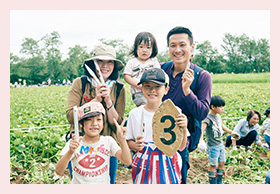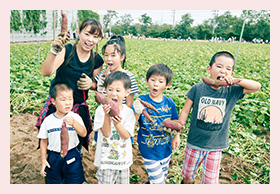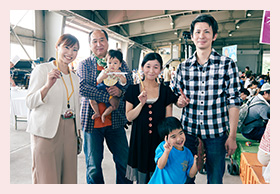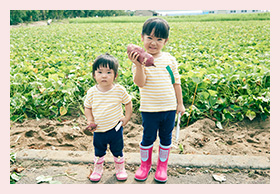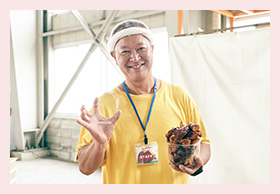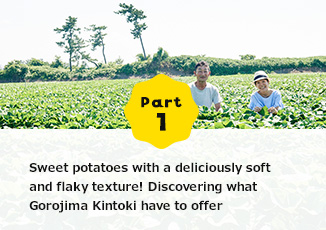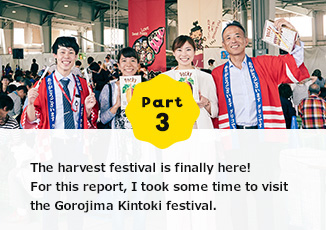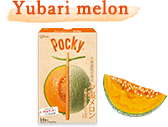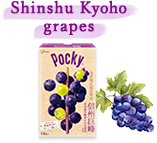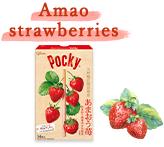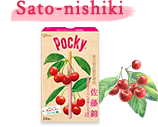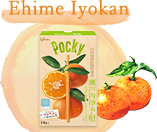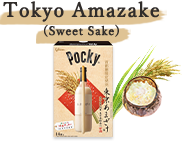Finally, having overcome the heat of summer and its typhoons,
it’s the season for delicious Gorojima Kintoki Sweet Potatoes.
In days gone by, this was a precious source of sustenance in Kanazawa. Today, it has become a local soul food that is used in countless dishes.
Out of deep thanks and respect for nature’s bounty and the labors of those who came before, the Gorojima Kintoki Sweet Potato harvest festival was held this year, as every other.
For this final installment of our voyage to where Gorojima Kintoki Sweet Potatoes are produced, I report on the Gorojima Kintoki Festival and on two longstanding local charms of the area: kutani ware, which I learned about through a ceramic painting workshop, and a trip to the Ohmicho market.
In Kanazawa, the foliage was already turning red.
The Gorojima Kintoki Festival was held on September 23, the autumn equinox holiday.
Many families flocked to this event from around Japan, seeking to taste the first crop of Gorojima Kintoki Sweet Potato.
Some were locals from Kanazawa, while others had come from as far as Shizuoka or Aichi!
A sweet potato shipment center transformed into a festival site
The JA Gorojima Kintoki Sweet Potato Committee’s shipping site served as the grounds for the festival. It was right in the thick of the harvest season, and this warehouse would normally be piled high with cardboard boxes, but it was transformed into a lively event space for the festival.
The Gorojima Kintoki Festival began with a greeting by the chair of the Sweet Potato Committee. The cute “Ishikawa-san†mascot, a local character for Ishikawa Television, appeared on stage, singing the “Ishikawa Samba†in a thick Kanazawa accent. Everyone danced, and there was a speed-eating contest among parents and children to see who could down Gorojima Kintoki Sweet Potato ice cream faster. These and other events were a sight to see!
Events included counting how many potatoes were packed in a box, guessing the weight of potatoes in a basket, and other fun areas for the whole family.

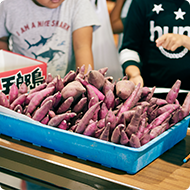
Delicious, freshly baked potatoes that are flaky and soft!
I sampled the farmers’ highly-recommended baked Gorojima Kintoki Sweet Potato. “We picked a slender one,†they told me in the local dialect. Splitting the potatoes cleanly in half revealed a vent of steam and a faintly sweet and gentle aroma. The potatoes had a naturally sweet flavor and a nice and flaky texture!
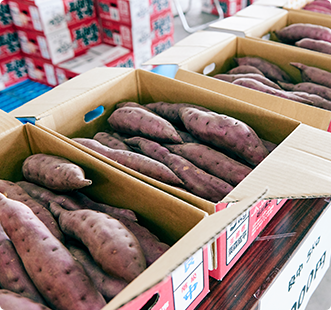

I was delighted at the farmers’ homemade dishes.
Local farming families were on hand to help. Shops served everything from baked potatoes to pork broth soup and sweet potato “sticks,†as well as rice with sweet potatoes. The dishes all made use of the new crop. The pork broth bubbled thick in a large pot. The broth contained lots of ingredients -- sweet potato (of course), radish, carrots, burdock root, konjac, pork, scallions, and more. This is a must in Kanazawa’s colder months. It heats you up from inside out. The stewed sweet potatoes were also rich and toothy -- exquisite!
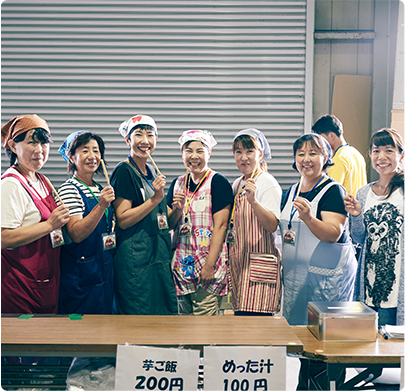


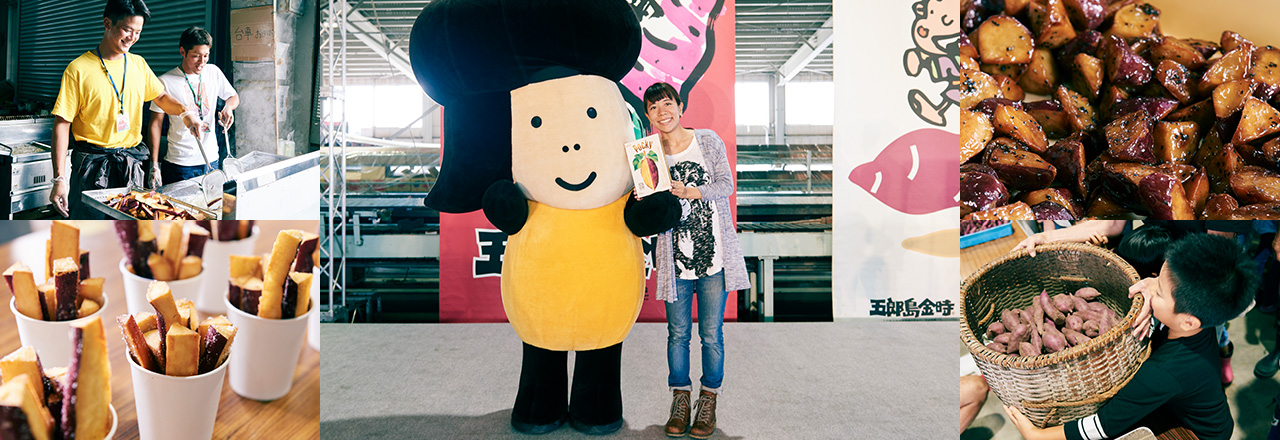
-
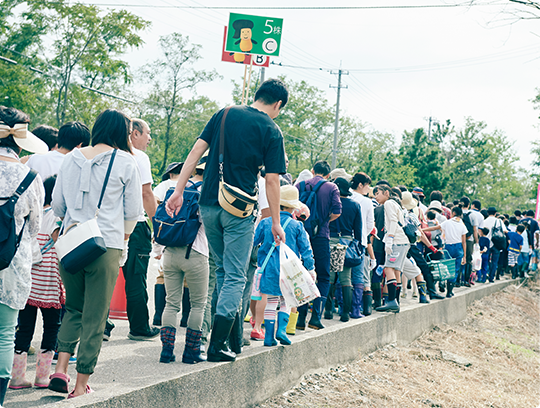
The long-awaited event? Picking potatoes, of course!
In some years, this event at the Gorojima Kintoki Festival is so popular that they have to select participants by lottery. Everyone donned boots, hats, and work gloves to get ready to dig. We split off into groups and headed over to a sweet potato field right behind the warehouse. It felt like a giant field trip for a huge crowd.
-

Adults and children alike wore stern expressions as they prepared to dig, dig, dig!
Each participant was given a plot to till. With the starting signal, we got digging! I saw a group of children grinning ear to ear at picking potatoes as big as their heads. Their parents dug in after them, checking to make sure they hadn’t missed any good potatoes. Some people came as three generations of a family, while others came with other family friends.
-

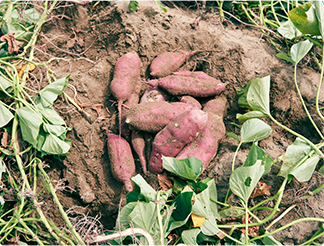
The thrill of digging for potatoes is like looking for buried treasure!
I got into the action and tried it myself.
The farmers taught us that if the vines look yellowish, that means there is a potato there to pick. We looked closely at the vines and dug up the soil to find tons of potatoes!Given that Gorojima Kintoki Sweet Potato grow in sandy soil, the earth really is like sand when you dig it up. I was truly thrilled at this potato digging experience -- the last time I did this was in grade school!
The children looked delighted to dig up locally- grown potatoes.
The locals here are no strangers to Gorojima Kintoki Sweet Potatoes.
They said Glico’s Local Pocky in the Gorojima Kintoki Sweet Potato flavor was “delicious!â€
Kanazawa is home to several places where you can learn hands-on about the area’s traditional crafts.
Close to the Nagamachi Samurai District is a renovated traditional home that has been made into an art space
-- atelier & gallery creava. This is where I went to try out kutani ware painting.
Proprietress Eriko Fujimaru kindly helped with everything from selecting a plate to designing it
and picking the right colors, showing us the ropes.
-

We begin by learning the basics of kutani ware.
The workshop was devoted to the art of “Kutani Gosai,†where ceramics are painted using the five colors of green, yellow, purple, blue, and red.
While kutani ware is associated with bold and lively colors, the pigments used before it is fired have a somewhat subdued appearance. Apparently, painting successive layers onto the piece produces a brilliant glaze when fired. -
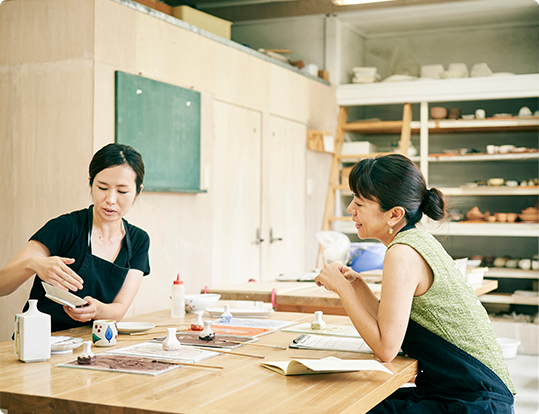


The motif? Why, Gorojima Kintoki Sweet Potato, of course! Hmm, what plate should I use...?
Once I found one I liked, I sketched my design on paper and began painting with a brush. There were several almanacs full of cute illustrations of flowers and animals, making it easy even for those not used to drawing. I figured it would be fitting to go with a sweet potato motif. I wasn’t sure quite how to draw the leaves and potatoes, so the instructor gave me some useful advice. Finally, my sketch was ready.
-
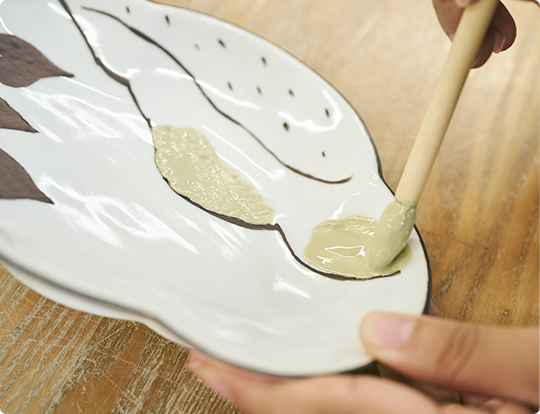
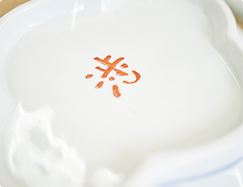
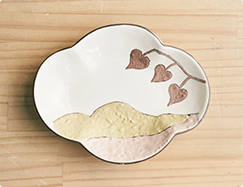
Without further ado, it was time to paint. I gathered up lots of paint and let my brush run wild.
Before adding the five colors of pigment, we used a black paint to ink in the lines. Next, we add layers of color. I layered on lots of thick pigment that resembled a viscous whipped cream. I used green for the potato leaves and made the potatoes themselves purple and yellow, as you would expect. I really crammed the little potato designs in tight! In an instant, the painting process was complete.
Once I realized that making slight mistakes can add character to a piece, I got really into painting. A small red lacquer design goes on the back of the plate.
![]()

A month later, my fired piece arrived!
Seeing my piece brought a flood of memories about Kanazawa back. My rich design had turned into a vividly-colored pattern befitting the kutani ware name.
My last destination was the Ohmicho market, which is always thronged by locals and tourists alike.
There were fishmongers calling out to patrons in lively voices,
sushi shops with expectant lines of diners, and greengrocers selling all sorts of local veggies.
I decided to head to some of the shops that locals strongly recommended.
Total dedication to loach in summer and crab in winter. Miyamura, a family-run business
“10 loach skewers! Come and get it!â€
Not far from the Musashi gate of the market is a small fishmonger with an array of delicious-looking eel for sale. The shopkeeper is lively with the customers. This shop, Miyamura, sells grilled eel and loach in summer, and in fall and winter, they specialize in crab.
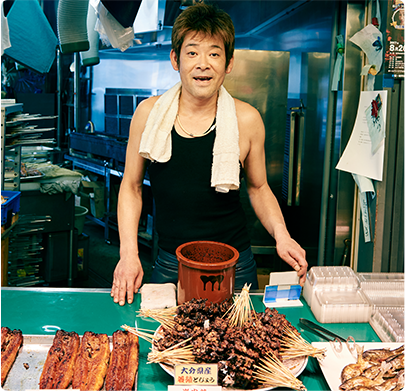
The shop is fastidious about quality, using only domestically-caught, live loach. All of the sauces are homemade. They gave me a small glimpse at the back of the shop, where I saw lots of loach squirming around inside a barrel. The fish are just so fresh! The sweet and sour homemade sauce is delicious! The loach had none of the bitterness I usually associate with that dish, and I found myself reaching for another! I could see why locals throng to stock up here.
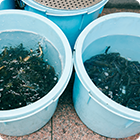
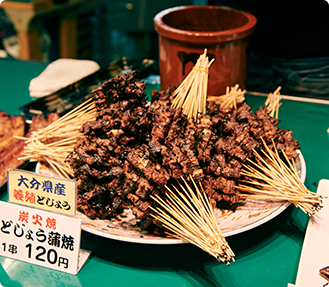
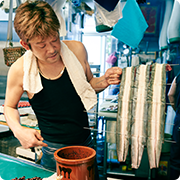
A place with delicious food that is gentle on the body. At Tanatsuya, which sells organic grains, I also found Gorojima Kintoki Sweet Potato.
Tanatsuya is a natural foods shop located near the Tokamachi gate of the market and focuses on grains organically grown on its own farms, as well as various ingredients and sweets made with those grains.
A popular item here is the jam, which contains no sugar and uses rice syrup made from rice and barley.The sweet Kanazawa jam is made from Kaga vegetables and local fruit and even came in a Gorojima Kintoki Sweet Potato variety! The viscous texture, mild sweetness, and distinctive sweet potato note make this a special jam. The package is charming, so it makes a great gift!
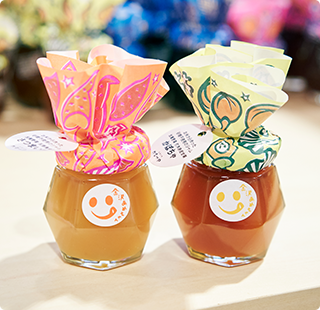
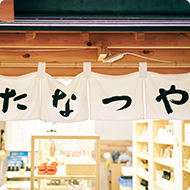
Soft-serve ice cream, Gorojima Kintoki Sweet Potato style!
Eschewing sugar, this ice cream uses rice syrup. Instead of milk, it employs soy milk. This makes it quite a healthy dessert with a clean taste!
The dish is finished off with a dollop of the Gorojima Kintoki Sweet Potato jam I mentioned earlier for a delicious accent. Even the ice cream cone has been carefully made, using Japanese wheat flour. It was delicious down to the last bite.
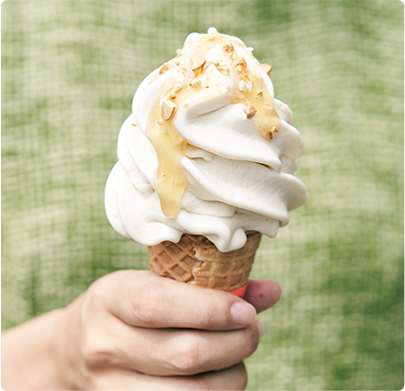

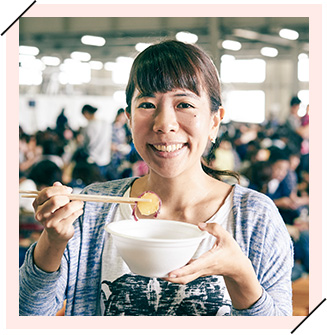
Sweet potatoes have a subtly sweet flavor that is at home both in main dishes and desserts!
I decided to use the Gorojima Kintoki Sweet Potatoes I dug up to make homemade croquettes and flan. Delicious! May these flaky sweet potatoes, overflowing with the passion of Kanazawa’s farmers, line people’s dinner tables everywhere!










